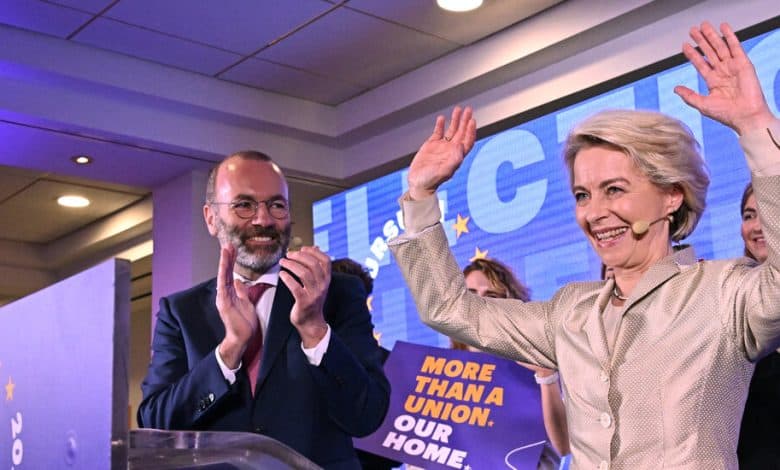European Parliament Elections: Key Takeaways

Voters in the 27 European Union member states sent a stern warning to mainstream political powers, wreaking havoc on French and, to a lesser degree, German politics and rewarding hard-line nationalist parties in a number of countries.
Even so, the radical right-wing wave dreaded by the European political establishment did not fully materialize; the center of European Union politics held.
Here are the most important trends emerging from the elections.
Conservatives dominate
The mainstream center-right group, the European People’s Party, performed strongly and finished first, not only maintaining its dominance in the European Parliament but adding a few seats to boot. It was a sign that its strategy over the past two years, to integrate more right-leaning policies in order to stop voters from abandoning for further-right rivals, delivered.
The political group spearhead over the past five years, the Green Deal, one of the world’s most ambitious climate change policies; but more recently watered down some of the policies adopted at E.U. level, heeding pressure from important constituents in the rural vote. It also led a significant tightening of the European Union’s migration policy, going some, but not all the way, in assuaging concerns of voters who want to put a quick stop to irregular migration.
Far-right disruption
The conservatives’ thunder was stolen by a blockbuster performance by Marine Le Pen’s ultranationalist National Rally in France. They scored twice the support of President Emmanuel Macron’s Renaissance party, prompting him to dissolve the National Assembly and call for snap legislative elections.
